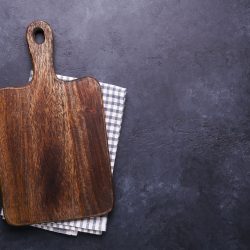One of the unsung heroes in every kitchen is the cutting board. It helps you safely prepare your foods for cooking and snacking while also keeping your countertops safe and knives sharp. However, something that you may be unsure about is if your cutting board needs to be oiled. We have looked into all of the best ways to keep your wooden cutting boards in tip-top shape so that they can keep doing a great job in your kitchen!
To ensure the best from your cutting board, it is important to oil it when it starts to dry out. Oiling your cutting board will help to protect it from wearing out. It's also important to choose the correct kind of oil since some oils can become rancid on your cutting board. Here are the steps that you should follow in order to complete the oiling process correctly:
- Clean and dry
- Oil
- Give it enough time to soak in
Using oil on your wooden cutting board may not seem very important at first, but it can have a huge impact on your board's health. In this day and age, we purchase things with the hopes that they will simply last. Oiling your cutting board properly will ensure that it does. Before you go grab some oil and do your best with your board, you should know how to do everything thoroughly. Make sure to keep reading below for a more comprehensive look at the process!

Why You Need To Oil Your Cutting Board
Oiling your cutting board helps it last much longer and makes it less susceptible to the pitfalls of wood. With wear and tear, wooden cutting boards can quickly become cracked and warped. This is especially true if they aren't being washed and handled properly.
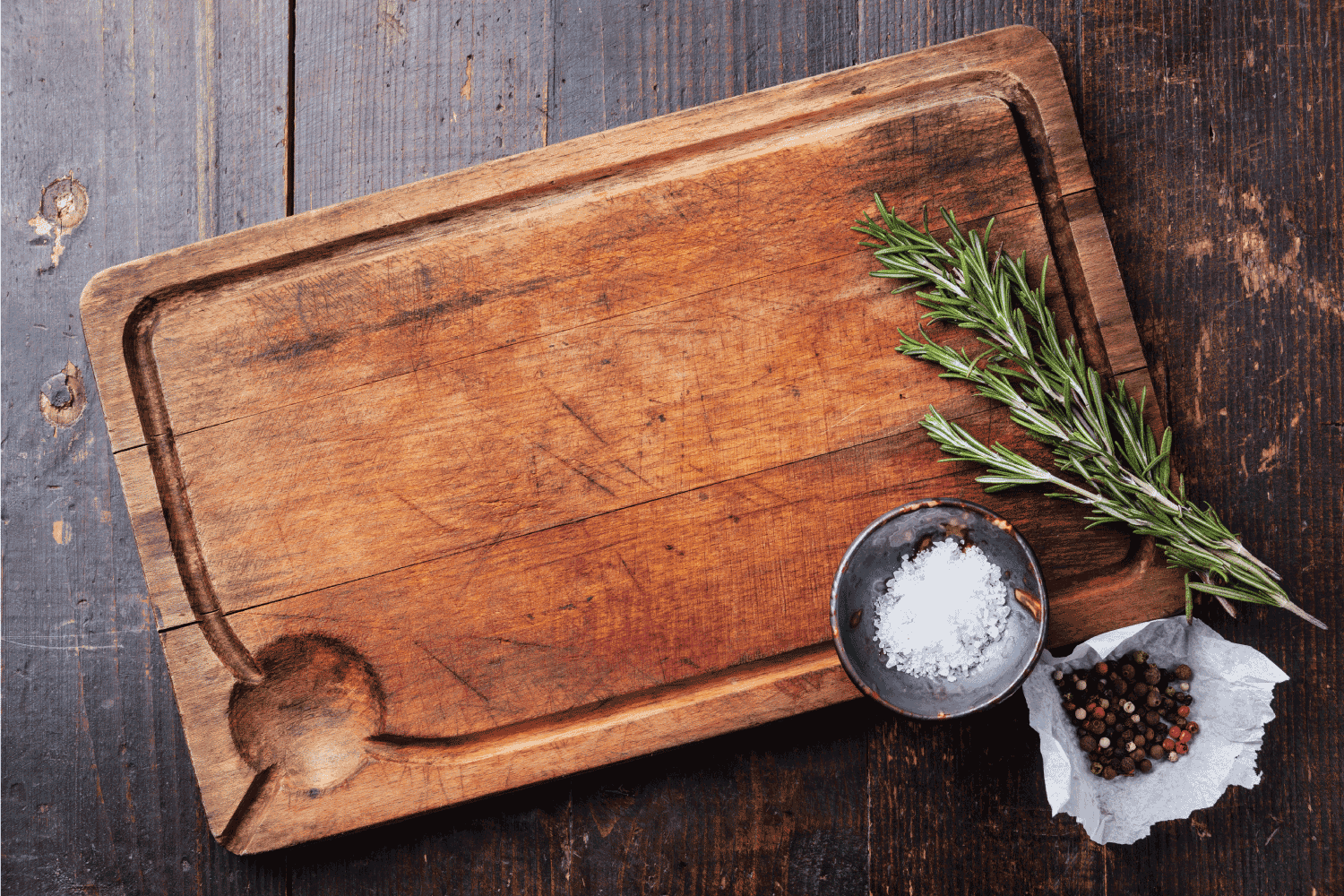
Oil helps prevent these things from happening. It nourishes, moisturizes, and protects the wooden cutting board. The board will last much longer with the oil.
What Do You Oil A Cutting Board With?
There are a few choices for cutting board oil, but the most common type for this job is food-safe mineral oil. This is because it is inexpensive and it does the job very well. Thanks to the properties of mineral oil and the additives for the food-safe kind, it does the job for a long time as well. The other two options for this job are fractionated coconut oil and beeswax. They do just as good of a job as the food-safe mineral oil. Their prices might be just a little bit higher.
Any other oils should not be used for your wooden cutting board. While it would be convenient to grab whatever food or general oil you have in the cupboard, don't do it! The main reason for this is that those oils are going to become rancid on your board. They will eventually give off a foul odor and affect the taste of the food that's cut on your board. That's why you should only use oils that are meant for your cutting board.
Food-Safe Options:
Click here to shop for food-grade mineral oil on Amazon.
Shop for cutting board coconut oil on Amazon here.
Check out beeswax for your cutting board on Amazon.
How Often Should A Cutting Board Be Oiled?
There are no exact rules or dates for how often your cutting board should be oiled. It can depend on how big your board is, what kind of wood it's made of, how often you use it, and how often you wash it. This is why it's good to be able to see the signs that your board needs to be oiled. Oiling your board when you first get it is a very good idea as well. There's no way of knowing how long it's been drying out on a shelf in the store.
Your board will show a couple of different signs when it needs to be oiled. The first is that it will visibly look pale and dry. The second is how it handles water. If you put a few drops of water on your board and it absorbs it quickly and the water spreads, then it needs oiling badly. If you want to do it on a regular basis, then you should do it once or twice a year at least.
Clean And Dry
The first step to oiling your cutting board is washing and drying it properly. Always hand wash your wooden cutting board with soap and warm water. Do not let it soak in water as this will dry it out. Also, don't put it in the dishwasher since this will also dry it out and also beat it up and wear it out faster. An alternative method to using soap is to using lemon juice and baking soda to clean your board. This method is exemplified in a video down below.
Letting your cutting board dry thoroughly is also a very important step in the process. After washing it, set it out in an open space for as long as necessary until it is completely dry. Oiling a wet board will lock in the moisture and lead to more problems.
Oil
Now comes the step of properly oiling your board. Grab your oil and pour some on your board. Use your best judgment for the amount based on how big your board is. You can always add more or wipe off the excess. Then use a clean and dry cloth to spread the oil across the surface of the board. Do this until it is spread evenly on the board and then flip it over and do the same thing. Here is a great video showing the alternative cleaning and oiling process:
Give It Enough Time To Soak
After you oil your cutting board, you need to let it soak in the oil. This is why it's important to do this process at night or when you're sure you won't need to use your board for many hours. Soaking just lets the oil properly do its job of moisturizing your board. You should prop your board upright in some way so that both sides of the board can get proper airflow. Let your board soak for at least several hours or overnight if you can. When it's done soaking you can wipe off any excess oil you may see.
More Cutting Board Oiling Questions
You might find that there is more to putting oil on your cutting board than just what's mentioned above. It's also important to consider things that might go wrong so that you can avoid them.
How Many Coats Of Oil Do You Put On Your Cutting Board?
This question really depends on how big your cutting board is and how dry it is. Really you need to do enough coats to thoroughly soak your board. For the best practice, you can do one coat and let your board sit for an hour, and then do another coat.
For a standard cutting board, you shouldn't need more than 1 - 3 coats in order to thoroughly oil the board. You can also do one coat and leave it overnight. Then in the morning if it's still dry, repeat the process until it is no longer dry.
Can You Use Vegetable Oil On A Cutting Board?
To avoid negatively affecting your cutting board, you should not use vegetable oil. Vegetables, or any kind of cooking oil, will go rancid. As you can imagine, that isn't a quality you want from something soaked into your cutting board. It also won't nourish and protect your cutting board as it needs.
Can You Over-Oil A Cutting Board?
It is possible to over-oil your cutting board. If you over-oil your board, it will be fairly obvious as it will leave oil everywhere it goes, and probably on you. This is why it's good to do one even coat of oil at a time. Only do another coat if your board is still visibly dry. You can also wipe off any excess oil, and there should only be a little.
What Is The Best Finish For A Cutting Board?
Most people agree that mineral oil is probably the best finish for your cutting board. This is for many of the same reasons that food-grade mineral oil makes the best moisturizing oil for your board. It will protect your board and help to keep the wood in good condition.
Click here to shop for mineral oil finish for your cutting board on Amazon!
Wrapping Up
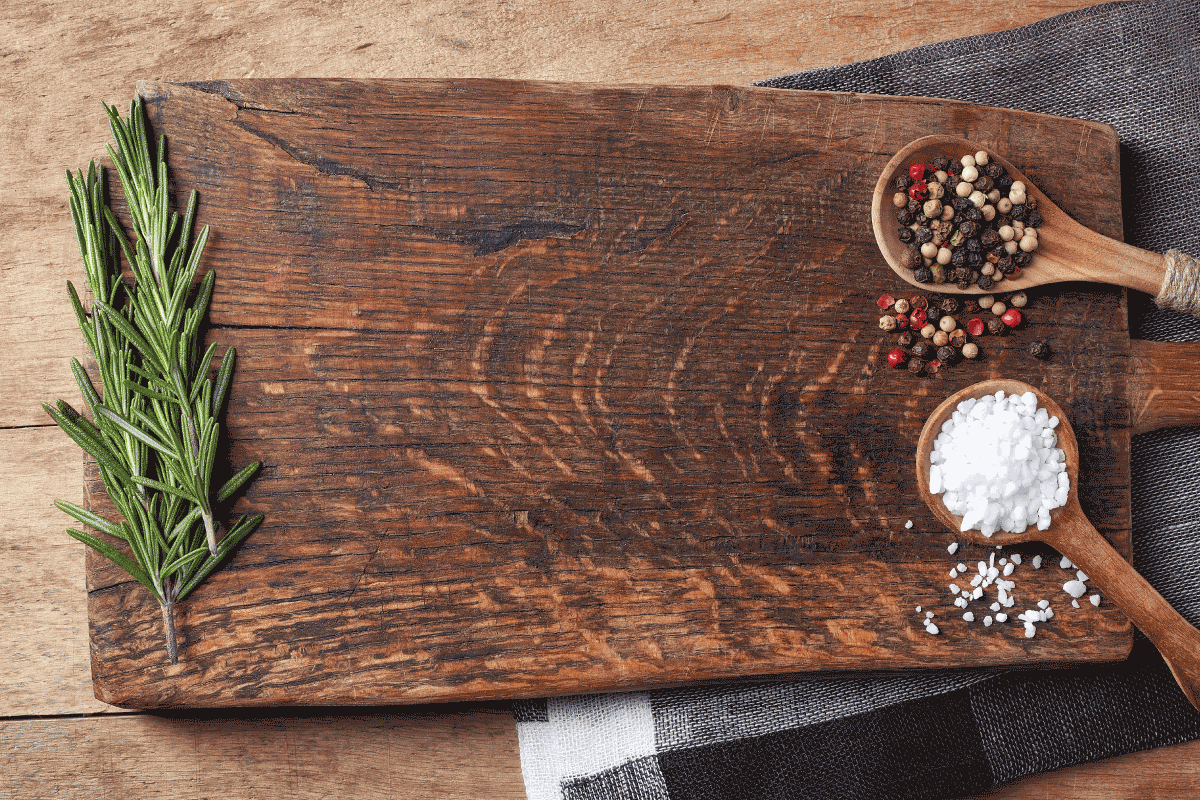
Oiling your cutting board is important. It's important to keep it from warping and cracking so it will last as long as possible. Just make sure that you use food-grade mineral oil, fractionated coconut oil, or beeswax. Any food oil is going to go rancid on your board. Oil it when you get it, once or twice a year, or most importantly when you can visibly tell that it's dry. Remembering all of this will keep your board standing tall for as long as you need it!
To learn more about how to best keep the boards in your kitchen working well click on the links below!
What Oil Is Best For Butcher Block Or A Cutting Board?
What Oil Do You Put On A Wooden Cheese Board? [For Maintenance]





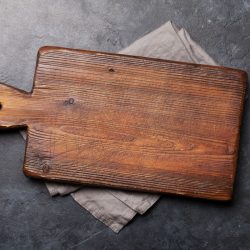

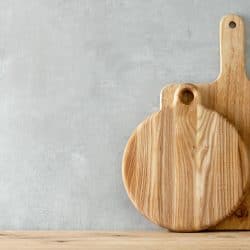
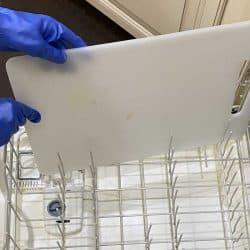
![Raw meat assortment - beef, lamb, chicken on a wooden board, Can You Cut Meat On A Wood Cutting Board? [Raw And Cooked]](https://kitchenseer.com/wp-content/uploads/2021/06/Raw-meat-assortment-beef-lamb-chicken-on-a-wooden-board-250x250.jpg)
